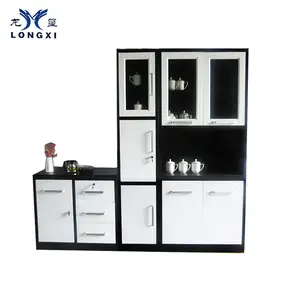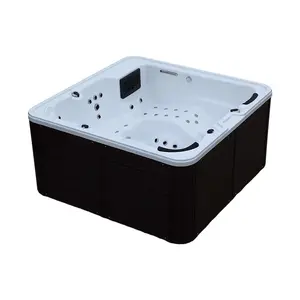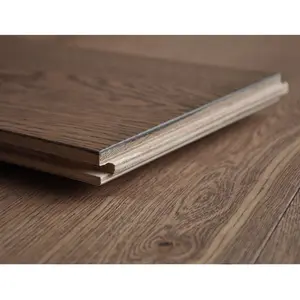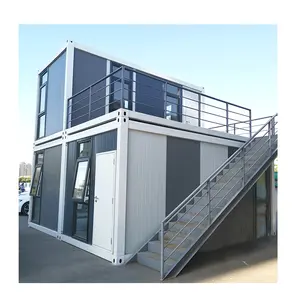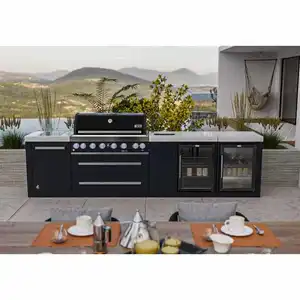Popular in your industry





















































































































































































































Top categories
About classic baluster
Introduction
The architectural world is filled with elements that have stood the test of time, adding elegance and functionality to structures. One such element is the classic baluster. With roots dating back to Ancient Mesopotamia and a resurgence during the Renaissance, balusters have evolved into a versatile architectural feature. They grace balconies, terraces, and stair railings, combining aesthetic appeal with practicality. This article delves into the rich history of balusters, their timeless appeal, the various types available, and how they can be incorporated into your home design. We will also touch on their maintenance and care, ensuring their enduring elegance.
Understanding Balusters: A Brief History
Balusters, also known as spindles or wood columns, have a rich history dating back to Ancient Mesopotamia where they were used as window balustrades. The term 'baluster' originates from the Italian word 'balustra', meaning 'wild pomegranate flower', due to their resemblance to the half-open flower. They gained popularity during the Renaissance period, particularly in Italy, and were prominently featured in the works of renowned architects and artists. Over time, balusters have evolved into sleek, uniform shafts used for decoration, support, and stability in various architectural structures.
The Timeless Appeal of Classic Balusters
Balusters are both decorative and functional architectural elements that have always graced balconies, terraces, and stair railings. Their origins trace back to the Assyrians, and they regained prominence during the Renaissance, particularly in Italian Palazzi. Balusters combine the elegance of their shapes with the practicality and functionality of an element that protects against falls. The repetition of these pieces adds beauty to any building. Throughout architectural history, balusters have been a recurring item made from various materials, including wood and marble.
Types of Classic Balusters
Classic balusters come in various types, each offering a unique aesthetic appeal. Wooden balusters, popular in traditional staircase designs, can be combined with modern materials for a sophisticated look. Metal balusters, made of steel, aluminum, or wrought iron, are versatile and suit both commercial and residential settings. Stone balusters, both natural and precast, offer enduring elegance and are used in residences and commercial buildings. Lastly, concrete balusters, part of precast systems, offer versatility in colors and designs, typically used outdoors.
Wooden Balusters
Wooden balusters are a timeless and versatile choice for any home. They can be selected from a vast stock series or custom designed by skilled craftsmen. The wood species used greatly impacts the overall style and feel of a staircase system. Additionally, unique milling processes can transform a baluster profile, adding a special touch to fit the style of the space. Whether traditional or modern, stock or custom, wooden balusters offer a durable and aesthetically pleasing option for any staircase project.
Stone Balusters
Stone balusters, particularly those made from marble, are a timeless architectural element. They are not only aesthetically pleasing but also durable and low maintenance. Marble balusters can be customized to fit any space and can feature intricate carvings for added elegance. They can be used in various areas of your home, such as staircases, balconies, and gardens. Marble balusters come in different colors and designs, including white marble, beige marble, and red granite. Each type offers a unique aesthetic appeal and can significantly enhance the ambiance of your home.
Metal Balusters
Metal balusters, particularly those made of wrought iron, are a popular choice for many homeowners. They offer a variety of styles, from European to modern, and can be used in curved stairs or flat surfaces like balconies. Iron balusters are strong, sturdy, and designed to last, often replacing old wood balusters for a more stylish and durable design. They can be paired with other wood stair parts for a seamless look. Additionally, they can be accessorized with decorative aluminum foot covers for a finishing touch.
Incorporating Classic Balusters into Your Home Design
Classic balusters can greatly enhance your home's design. For instance, a staircase makeover with classic wooden pool cue balusters can completely transform your entryway, blending seamlessly with your home's style. Similarly, a wooden banister with metal balusters can provide a modern touch to your staircase. Custom woodwork on your staircase, such as specially designed stair rails and balusters, can add interesting details and texture. Even simple changes like painting the handrail and newel posts can make a significant difference. Therefore, incorporating classic balusters into your home design can create a beautiful focal point.
Staircase Design
For many years, skilled craftsmen have been crafting stairways with timeless architectural details, enhancing both residential and commercial spaces. Classical, Traditional, and Victorian Stairs are popular among clients, gracing prestigious addresses across the globe. When the design goal is a more historic architectural style, these craftsmen incorporate time-honored details, building structurally sound, beautiful stairs for a seamless architectural presence.
Balcony and Terrace Design
Classic balusters can be a significant addition to your balcony or terrace design. A popular choice is the post and glass balustrade, offering a modern aesthetic. Frameless glass balcony balustrades provide an unobstructed view and a sleek look. End screens and vertical fillers can be used for added privacy and wind protection. Coping options and metal fillers can also be incorporated for a unique touch. Each design element contributes to the overall appeal and functionality of your outdoor space.
Garden and Outdoor Spaces
Classic balusters can significantly enhance the aesthetic appeal of your garden and outdoor spaces. For instance, deck railings incorporating balusters provide a blend of safety and style. Balusters made from materials like wood, metal, or stone can be crafted into various designs, from simple vertical pickets to intricate geometric patterns. The choice of material and design can be tailored to match the overall theme of your outdoor space, whether it's a deck, a patio, or a garden path. Remember, the right baluster design can transform your outdoor living space into a work of art.
Maintenance and Care for Classic Balusters
Maintaining the timeless appeal of classic balusters, particularly those made of wrought iron, requires regular cleaning. Dusting with a lint-free microfiber cloth or a feather duster can effectively remove dust. However, for a deeper clean, especially after prolonged neglect, a more direct approach is necessary. A safe and effective method is to use a solution of diluted vinegar (2 parts water and 1 part white distilled vinegar). Soak a towel in the solution, wring it out, and scrub down your balusters. Afterwards, dry them with a clean towel to maintain their pristine appearance.
Conclusion
Classic balusters, with their rich history and timeless appeal, offer a unique blend of aesthetics and functionality. Whether made from wood, stone, or metal, they can be tailored to suit any architectural style, enhancing staircases, balconies, terraces, and outdoor spaces. Incorporating them into your home design can transform ordinary spaces into beautiful focal points. However, to maintain their elegance, regular care and maintenance are essential. From the grand palaces of the Renaissance to modern homes, balusters continue to be a testament to architectural ingenuity and design, proving that some elements never go out of style.
